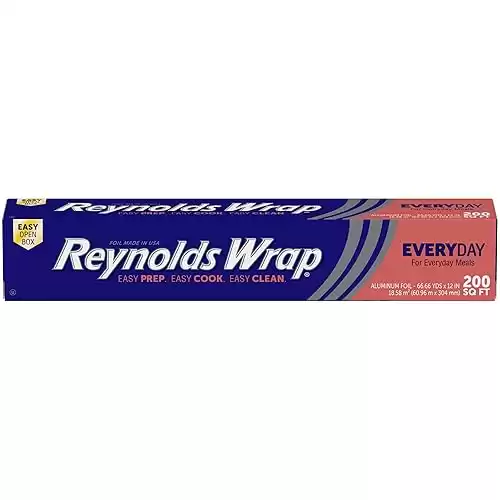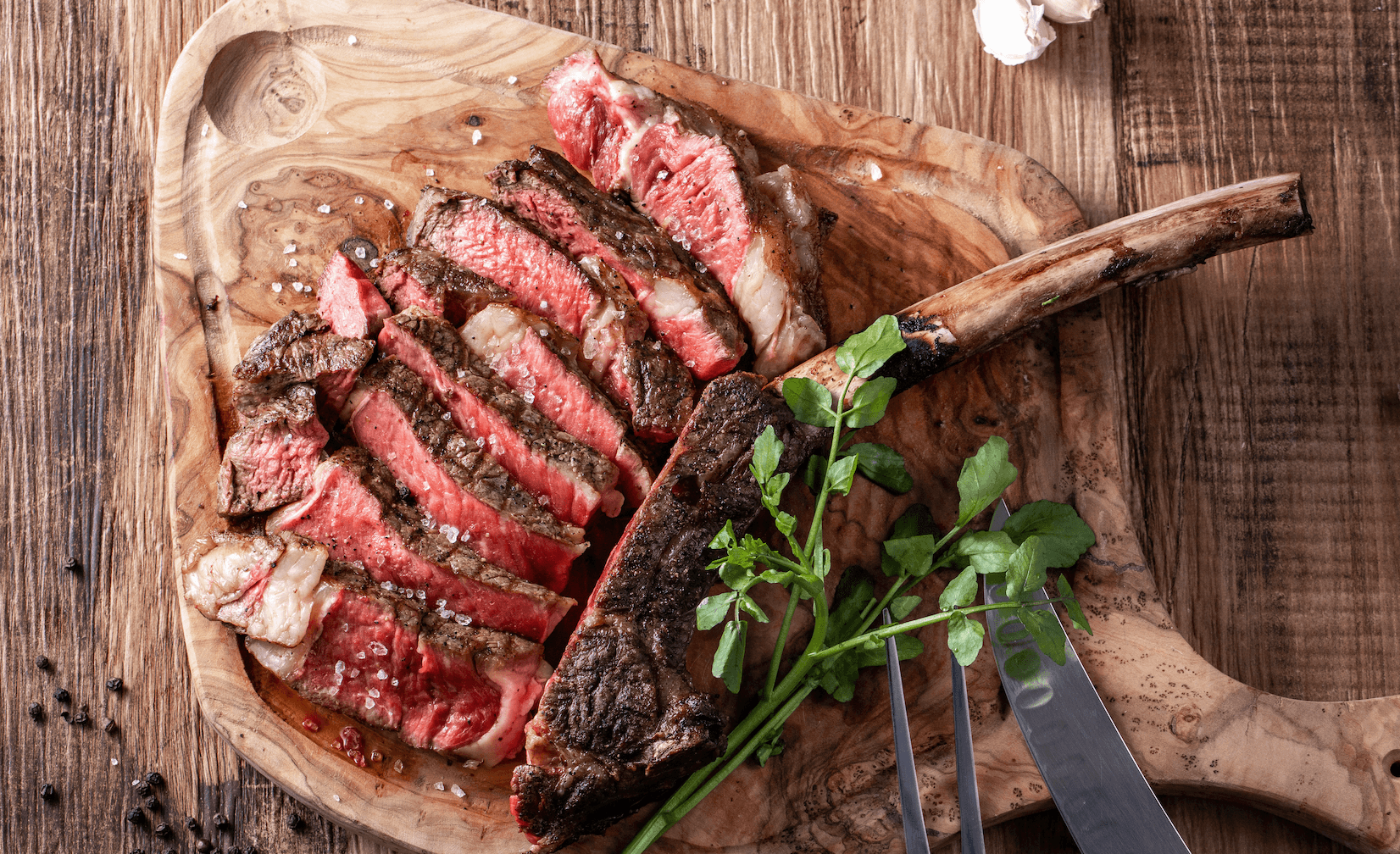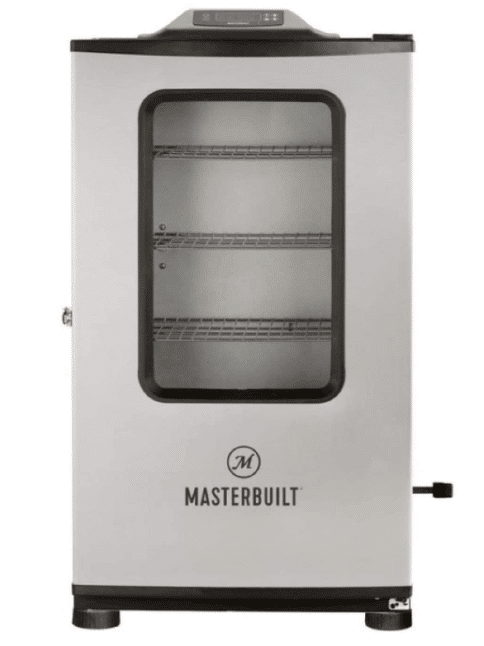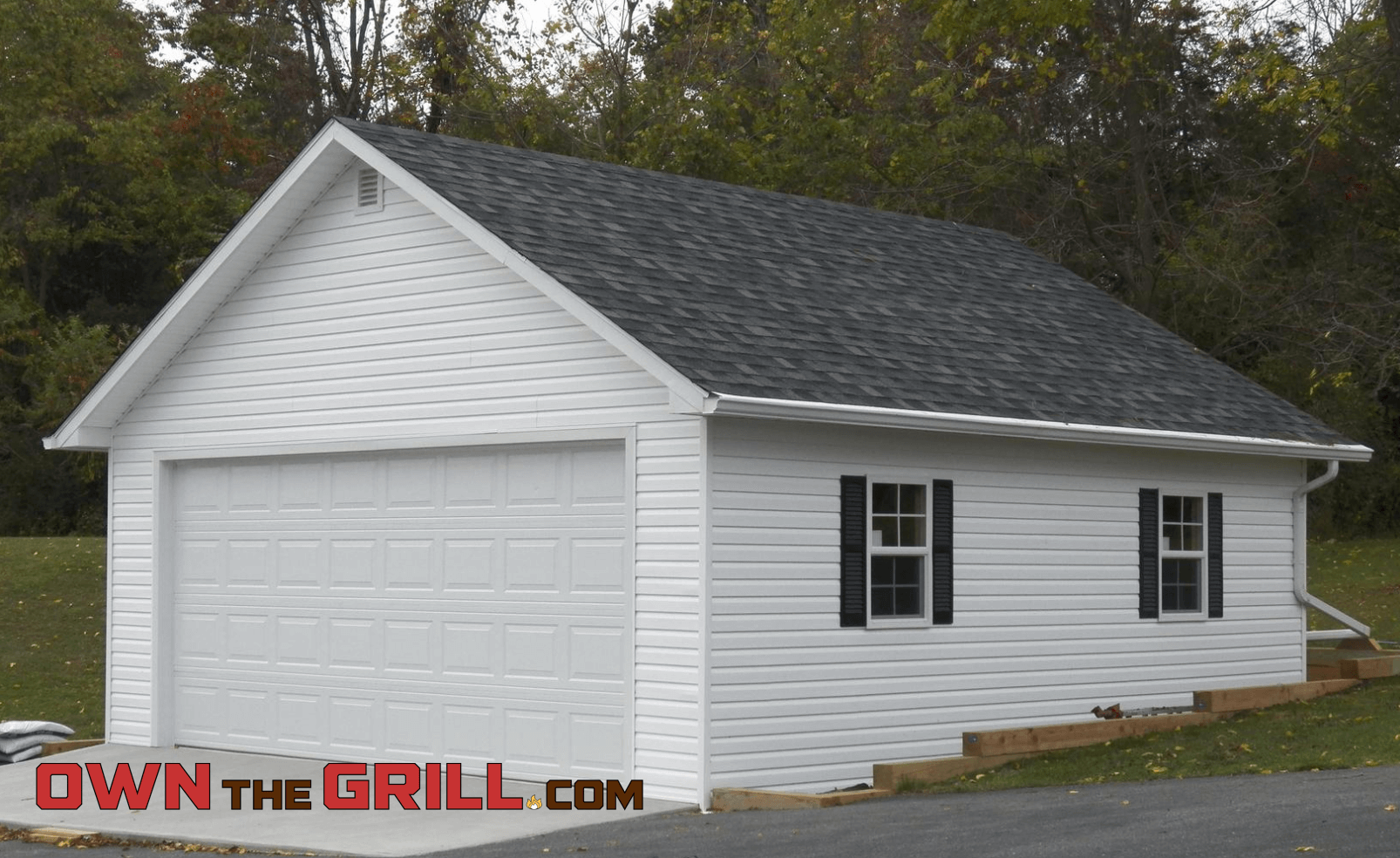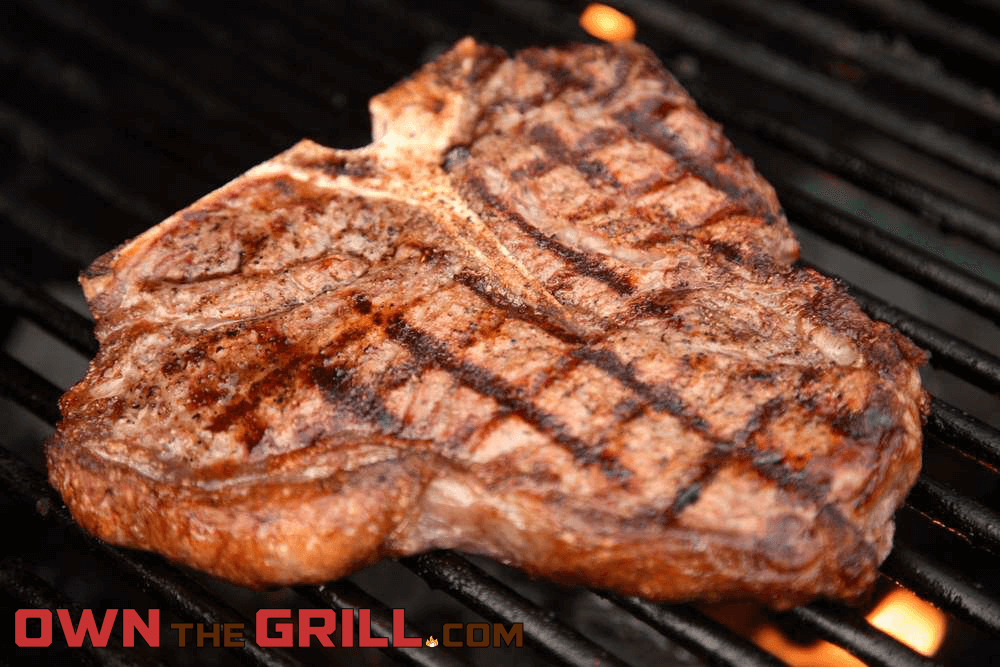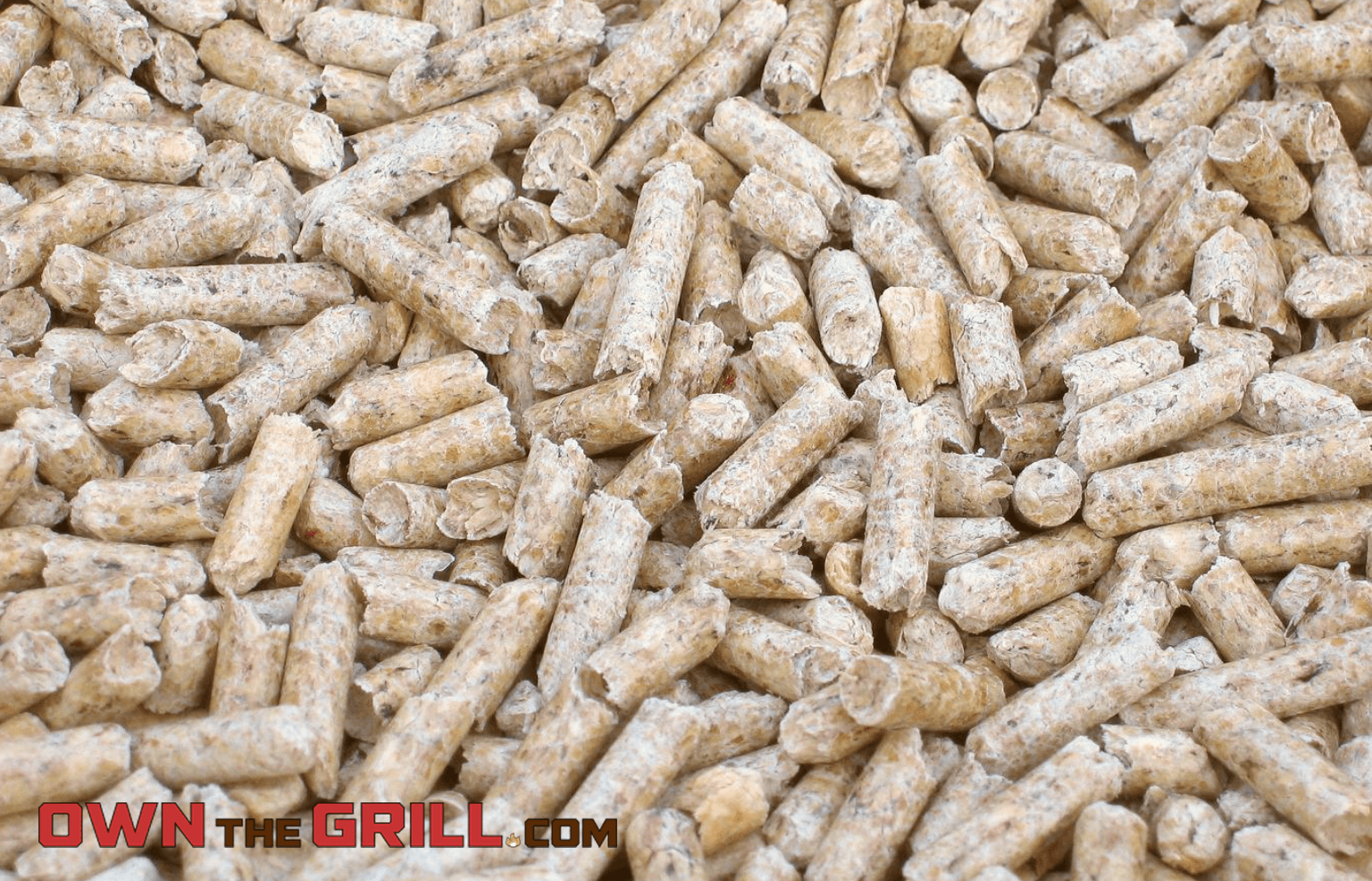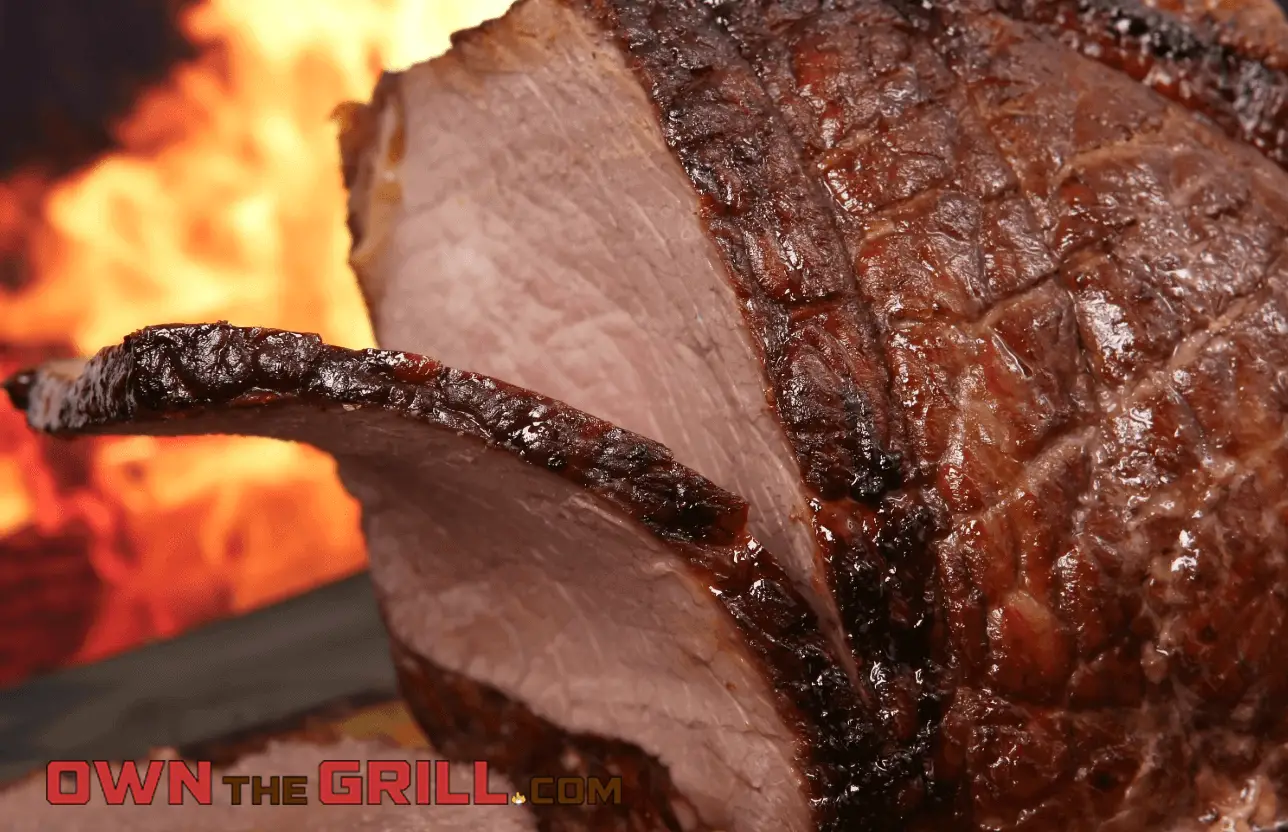This content contains affiliate links. If you make a purchase after clicking a link on this page, we might receive a commission at no cost to you.
To wrap or not to wrap? That is the question.
BBQ smoked brisket is one of those foods that always will have a special place for me. I grew up in Texas so I was spoiled with an abundance of delicious Texas style BBQ brisket just about everywhere I turned.
Eventually I started making it on my own at home in my smoker. Over time I’ve come to appreciate just how much work, preparation, and love goes into making a legendary brisket.
One of the most talked about aspects of smoking a brisket is whether to wrap it, whether to smoke it bare (with no foil or brisket butcher paper), and if wrapping, which type of wrap to use. Personally, I’ve used all of the methods at different times to achieve different results.
Knowing why some pit masters wrap and how to do it can make a huge difference to help you reach your desired result. Each method – or combination thereof – will lead to quite different results. How you wrap your brisket changes cook times, moisture levels, and the bark exterior of your brisket.
In this article, we’ve made a complete guide for wrapping brisket. We’ll go over each method, how to do it, and talk about the implications of each on your final result.
Wrapping Brisket – What Are Your Options?
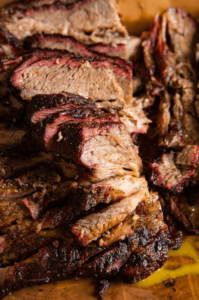
Brisket comes from the lower chest area of a steer, and it’s a muscle that’s used to support huge amounts of weight throughout the life of the animal.
Because of this, it’s a pretty tough cut of meat to work with – which is why it’s best cooked on a smoker for long periods of time. Cooking brisket this way allows the meat to tenderize and come out moist and delicious.
When it comes to wrapping brisket, you really only have 3 options that are used by pit masters. You can wrap the brisket in either foil or butcher paper, or you can smoke it bare (also referred to as naked).
Each technique yields a different end result, and also has implications in terms of how long your brisket should stay on the smoker. Here’s a breakdown of each technique of wrapping brisket!
Wrapping Brisket in Foil
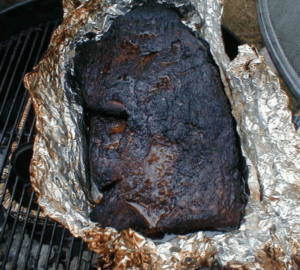
Using foil to wrap your brisket is on the opposite end of the spectrum from smoking it bare. Foil is less breathable than butcher paper and will create a bit of an oven effect for your beef. A foil wrapping will retain heat really well and essentially braise your brisket in addition to smoking it.
As you can imagine, smoking a brisket in foil takes the least amount of time out of these 3 methods for wrapping brisket, and you can skip the infamous brisket stall if you don’t have the patience. Expect cooking times to be approximately 5-10% less compared to a brisket wrapped in butcher paper.
Foil also is a great choice for beginners or hot and fast brisket – since the foil retains heat so well your brisket is less likely to be negatively impacted by fluctuations in temperature. So if you’re not comfortable with your abilities to maintain a consistent fire, foil is a great choice to alleviate some of those worries.
Flavor wise, expect a lot of the beefiness to come through. Since the foil makes the brisket cook and braise in its own juices, don’t be surprised if the eating experience has semblances of a pot roast or something similar.
The downside of wrapping brisket in foil is that you’re blocking off the direct heat from your fire almost completely. Because of this a foil wrapped brisket is less likely to develop a signature crunchy bark, and you’re also less likely to pick up smokey flavors and notes in your end result. Of course, if you prefer beef forward flavor and aren’t crazy about smokiness, that might be perfect for you.
Wrapping Brisket in Butcher Paper
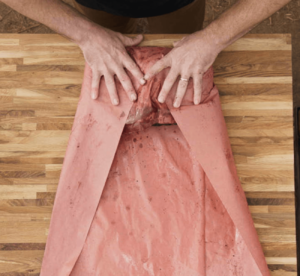
Brisket in butcher paper is the way most of the professional pit masters and competition BBQ teams do it. Wrapping brisket in butcher paper truly gives you the best of both worlds and takes the best parts of wrapping in foil and smoking bare.
Using butcher paper to wrap your brisket decreases your cooking time – typically about 10% less time compared to smoking one bare.
As your brisket cooks low and slow on the smoker, your paper wrap gets soaked and absorbs moisture. The paper then is essentially a warm blanket of moisture that perpetually braises your brisket cut – which helps tremendously to keep it from drying out. The end result is often has a perfect to near perfect moisture level.
It’s also a little better than foil in the sense that the butcher paper will breathe a little bit. What this means in practical terms is that the smoke from your fire will still be able to get to your beef. So you don’t have to choose between smokey flavor and moisture in your end result. With a paper wrapped brisket, you get both!
Butcher paper also doesn’t completely block out direct heat, so it’s quite possible to achieve an impressive BBQ bark that has a really nice crunch to it.
Wrapping with paper is probably going to lead to the most happy eaters and is a perfect medium between bare and foil. The end results are equally moist, smokey, beefy, and with a crunchy bark.
- Large roll with easy tear box dispenser
- Refill rolls widely available
Naked (Bare) Brisket
If you’re in a rush or forgot to pick up supplies at the store, sometimes cooking a brisket naked is your only option.
While most experienced pit masters wouldn’t necessarily do it this way, it’s a viable method of cooking brisket and can still lead to some tasty results.
Basically, when cooking a naked brisket all you do is season it and put it on the smoker. That’s it!
Since brisket is such a tough cut to work with, and also because you don’t have any material to help keep moisture in – you’ll be looking at about a 10% longer cooking time for a naked brisket compared to a wrapped one.
You should also be careful of smoking your meat dry. With no wrapping and the longer cook time, you have to be extra careful to not over do it and end up with a dried out end result.
Compared to wrapping brisket with either foil or paper, this method will end up with the least amount of moisture in the final product.
There are some good things that come from not wrapping brisket! Since bare brisket is more directly exposed to your heat source, it will absorb and retain more smokey flavor. It’s also much easier to get a signature crunchy bark on the outside of a bare brisket.
So if your ideal brisket has a crunchier outer bark and a more distinct smokey flavor, smoking it bare just might be your best way to cook brisket!
For all of my visual learners out there – here’s a great video from the legend Aaron Franklin himself testing the difference between these 3 methods:
Final Thoughts
Brisket is one of those foods that can take a lifetime to truly master. Our advice? Change only 1 thing at a time each time you smoke a brisket. Pay attention to how the result was different, and tweak something else the each next time until you perfect it.
No matter which method of wrapping brisket you choose, you should look to take it off of the smoker once it’s reached an internal temperature of 190°F. You can measure with a probe smoker thermometer to make sure you get it right!
Remember, smoking bare will lead to less moist, less beefy, and smokier results with a crunchy to very crunchy bark.
Smoking with paper leads to moist, beefy, smokey results with a somewhat crunchy to crunchy bark.
And smoking brisket with foil leads to super moist, super beefy, less smokey results with a non crunchy to somewhat crunchy bark.
There’s no “wrong” way to do it – although in my experience butcher paper results tend to work for the most types of eaters.
Which brisket wrapping method did you try out first? How did it affect your brisket rub? Let us know how it went in the comments!
Looking for more information on brisket? Check out our brisket ultimate guide right here.


